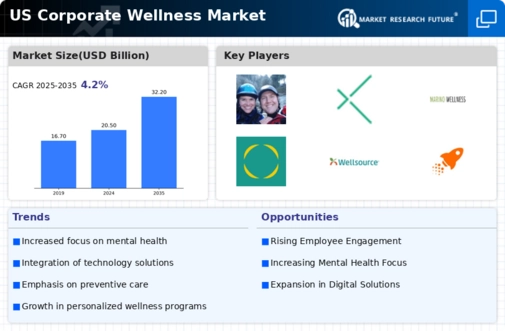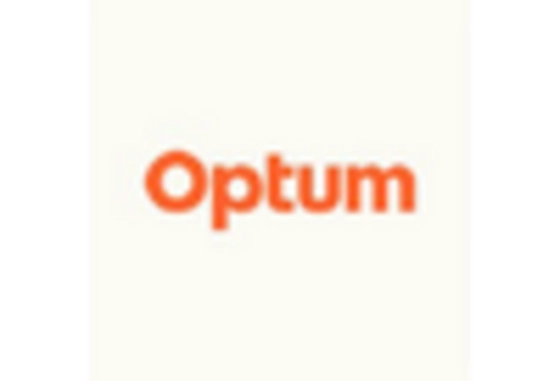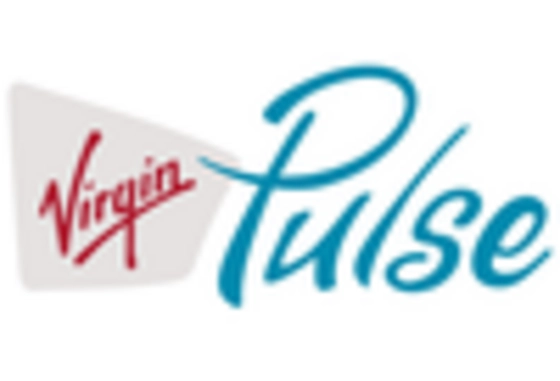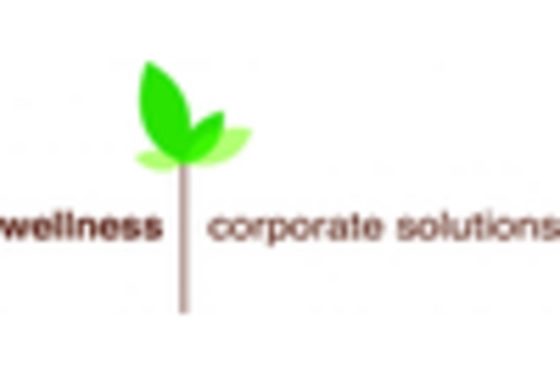Market Trends
Key Emerging Trends in the US Corporate Wellness Market
Employees often feel stressed because they're competing to do better than their coworkers, meet deadlines, save money, and boost sales. This stress can lead to mental health problems and affect their overall well-being and productivity. According to the American Institute of Stress, job insecurity, managing work, issues with people, and heavy workloads are major causes of stress. About 80% of American employees feel stressed at work, and 62% end their day with neck problems, while 34% develop insomnia due to workplace stress.
To address this, companies are investing in research and employee feedback to understand their mental well-being. They provide stress management training, individual and organizational programs, stress relief opportunities, and promote a positive work-life balance. Some companies even offer on-site meditation classes to reduce anxiety and depression, aiming to improve productivity and office morale. Wellness challenges like self-care, meditation, breathing exercises, and walking challenges are also introduced to tackle stress.
The combination of a stressful work environment, long hours, and unhealthy habits leads to various health issues. Many medium and large companies encourage healthy living by offering deals on wearable technologies like smartwatches and promoting fitness activities such as Zumba and aerobic dance classes. They also collaborate with gyms to provide discounts for employee well-being. The pandemic added to the stress of remote work, and wearable technologies help corporate wellness programs monitor vital signs like heart rate and blood pressure, enabling employees to take steps for a healthier lifestyle. The demand for corporate wellness programs is expected to grow due to increased awareness of fitness activities.
Additionally, the use of wearable technologies has become crucial in addressing health concerns among employees, especially during the pandemic. With many people working from home, these devices help corporate wellness programs monitor vital signs like heart rate and blood pressure, providing valuable insights into employees' health. This information empowers individuals to take proactive measures to maintain a healthy lifestyle.
The rising awareness of the importance of well-being has prompted many companies to take proactive steps. Corporate wellness programs are not only focusing on traditional fitness activities but also incorporating holistic approaches. Mental well-being initiatives, such as meditation challenges and stress relief opportunities, are gaining traction. Companies are recognizing the significance of a healthy work-life balance and are actively promoting activities that contribute to both physical and mental wellness.

















Leave a Comment